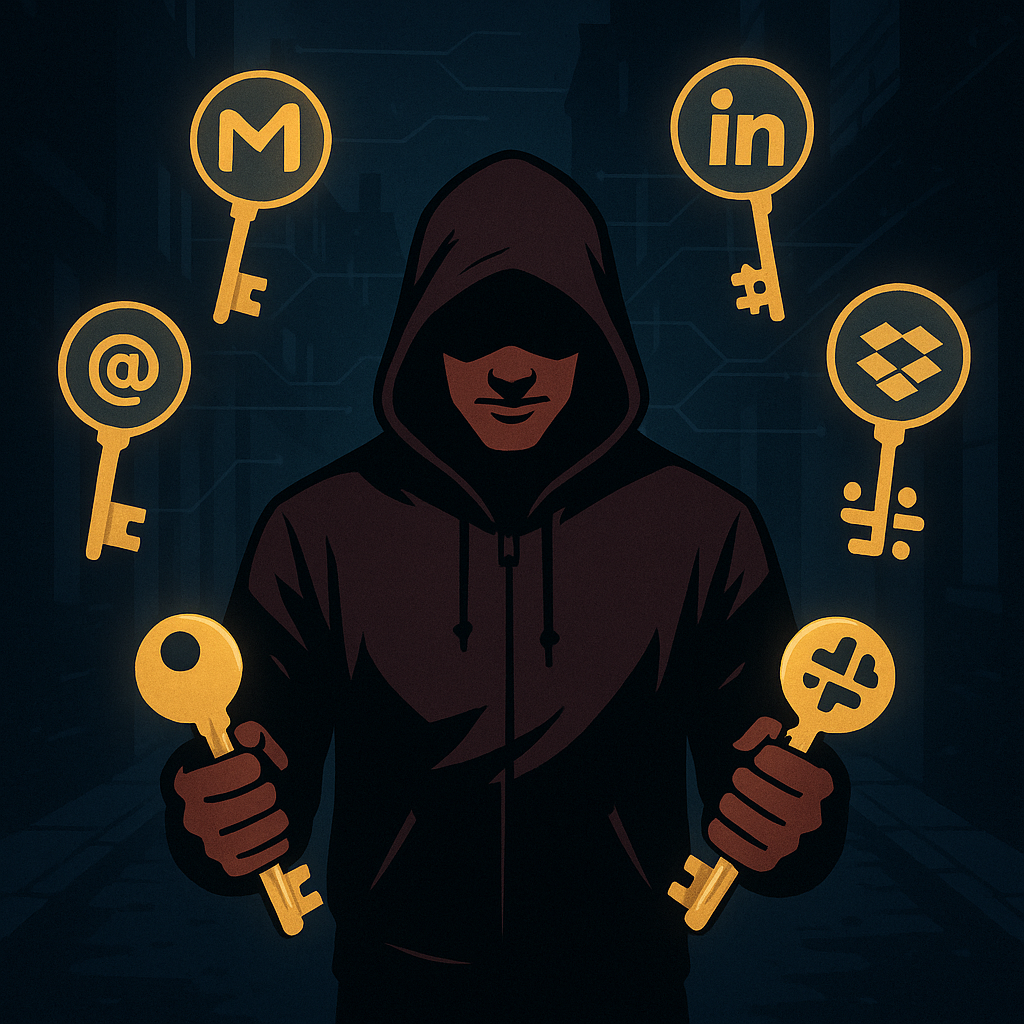Your Workflow Automation (N8n, Make &Co.) Got Hacked? Here's The First Thing You Should Do

Since the explosion of Generative AI a couple of years ago, we've seen a significant increase in companies and everyday people building automation workflows. These tools make life easier for various tasks, from fetching emails and analyzing documents to creating posts and thousands of other applications.
In this blog post, I will explain to everyday users what the implications of connecting those apps are, and what you can do immediately if any of your workflows connected to critical apps are hacked or you lose access to them.
The Problem
Many of (ai or non-ai) workflows, often showcased on platforms like LinkedIn for tools such as n8n, Zapier, and Make.com, perform similar functions: they connect thousands of services (like email, cloud storage, etc.) to complete specific, tedious tasks that people prefer not to do manually.
This automation provides huge relief for many of us.
However, there's a crucial caveat that very few people, especially those without deep technical knowledge, are fully aware of:
When you connect apps within these workflow tools, you're essentially giving the workflow provider access to those services. for obvious reasons. This means that the provider can access those services on your behalf at any time.
In many cases, it's like handing over a master key that can be used to perform almost any action on your behalf:
- read your emails
- send emails on your behalf
- read and delete your documents
- post stuff on LinkedIn
and much more.
Now think about this for a moment: What if the workflow company or your personal account gets hacked? What happens to all those services you've connected?
